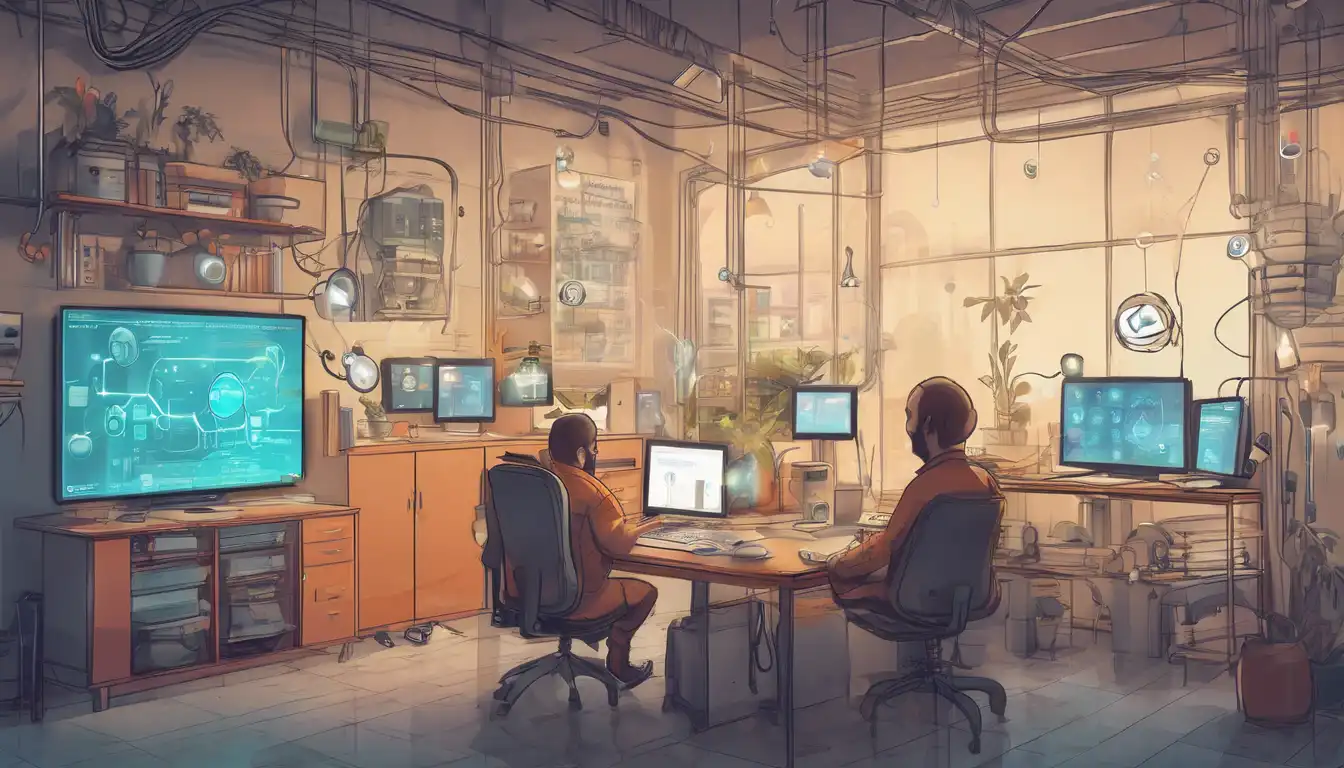Introduction to IoT Development
The Internet of Things (IoT) is revolutionizing how we interact with the world around us. From smart homes to industrial automation, IoT development is at the heart of this transformation. This guide is designed to help beginners take their first steps into the world of IoT development, offering insights into the tools, technologies, and best practices needed to start building connected devices.
Understanding IoT
IoT refers to the network of physical devices that are connected to the internet, collecting and sharing data. These devices range from ordinary household objects to sophisticated industrial tools. The key to IoT is the ability to remotely monitor and manage these devices, making our lives more convenient and businesses more efficient.
Essential Tools for IoT Development
To get started with IoT development, you'll need a few essential tools:
- Development Boards: Platforms like Arduino and Raspberry Pi are popular among beginners for their ease of use and strong community support.
- Sensors and Actuators: These components allow your devices to interact with the physical world, collecting data and performing actions based on that data.
- Programming Languages: Knowledge of languages such as Python, C++, and JavaScript is crucial for developing IoT applications.
- IoT Platforms: Services like AWS IoT and Google Cloud IoT provide the infrastructure needed to connect, manage, and analyze your IoT devices.
First Steps in IoT Development
Starting your IoT project can be as simple as blinking an LED with a Raspberry Pi or as complex as building a smart home system. Here are some steps to guide you:
- Define Your Project: Start with a clear idea of what you want to achieve. Whether it's a smart thermostat or a wearable health monitor, having a clear goal will guide your development process.
- Choose Your Hardware: Select the development board and components that best suit your project's needs.
- Develop Your Software: Write the code that will bring your project to life, using the appropriate programming language and libraries.
- Connect to the Cloud: Utilize IoT platforms to connect your device to the internet, enabling remote access and data analysis.
- Test and Iterate: Continuously test your project, making improvements based on feedback and performance.
Challenges in IoT Development
While IoT development offers endless possibilities, it also comes with its set of challenges. Security concerns, data privacy, and device interoperability are just a few of the hurdles developers may face. However, with the right approach and resources, these challenges can be overcome.
Resources for Learning IoT Development
There are numerous resources available for those looking to dive deeper into IoT development. Online courses, forums, and community projects can provide valuable knowledge and support. Additionally, experimenting with small projects is a great way to gain hands-on experience.
IoT development is an exciting field with the potential to impact every aspect of our lives. By starting with the basics and gradually building your skills, you can become part of this technological revolution. Remember, the key to success in IoT development is continuous learning and experimentation.
